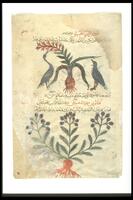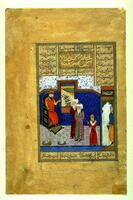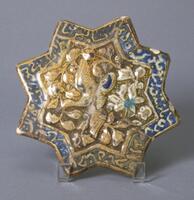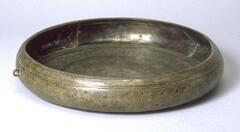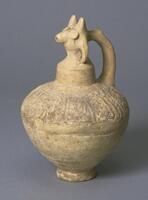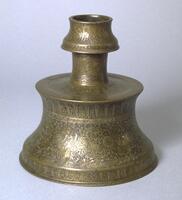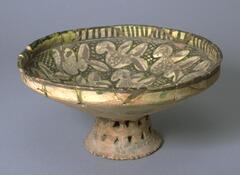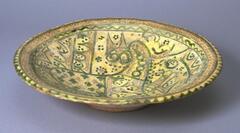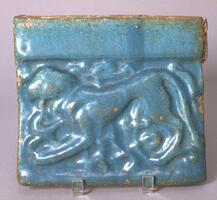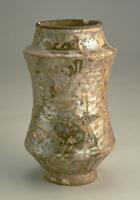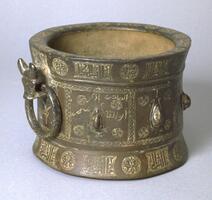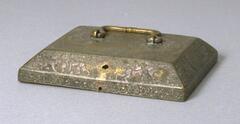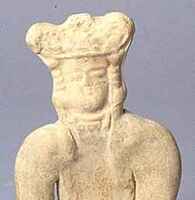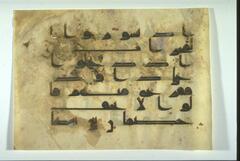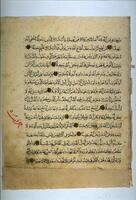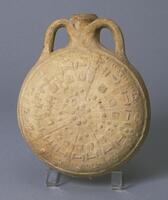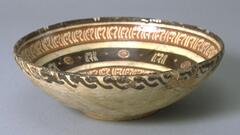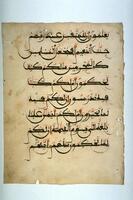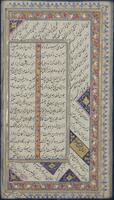54 Items in this Learning Collection
Collection Object
Collection Object
Collection Object
Collection Object
Collection Object
Collection Object
Collection Object
Collection Object
Collection Object
Collection Object
Collection Object
Collection Object
Collection Object
Collection Object
Collection Object
Collection Object
Collection Object
Collection Object
Collection Object
Collection Object
Collection Object
Collection Object
Collection Object
Collection Object
Collection Object
Collection Object
Collection Object
Collection Object
Collection Object
Collection Object
Collection Object
Collection Object
Collection Object
Collection Object
Collection Object
Collection Object
Collection Object
Collection Object
Collection Object
Collection Object
Collection Object
Collection Object
Collection Object
Collection Object
Collection Object
Collection Object
Collection Object
Collection Object
Collection Object
Collection Object
Copyright
All Rights Reserved
()
Plate
Accession Number
1957/1.52
Title
Plate
Artist(s)
Seljuk
Artist Nationality
Seljuk
Object Creation Date
11th century - 12th century
Medium & Support
earthenware with slip and glaze
Dimensions
2 1/8 in x 11 13/16 in x 11 13/16 in (5.4 cm x 30 cm x 30 cm)
Credit Line
Museum Purchase
Label copy
Sancai, or tri-color wares, were one of the most brilliant innovations of Tang dynasty (618–907) potters. Working with the same clay used to produce white wares, potters added iron and copper oxide colorants to create the typical three-color palette of cream, amber, and olive green. Lead flux made it possible for these colored glazes to fuse to the earthenware body at relatively low kiln temperatures. It also allowed glazes to run, which made them very difficult to control.
Sancai flourished under the patronage of the Tang elite as a ware for tomb figurines and funerary wares. This market collapsed during a political crisis in the mid-eighth century, after which Chinese potters adopted new vessel types in an attempt to reach new markets. Shards of these later wares have been found as far away as Sri Lanka, Iraq, Egypt, Japan, and parts of Southeast Asia.
After the fall of the Tang dynasty in the early tenth century, potters in Iran sought to replicate sancai wares using local materials. This plate illustrates these efforts. (See also UMMA 1957/1.51)
Physical Description
The dish belongs to a large group of sgraffiato wares, examples of which have been found from Afghanistan to northwest Iran. They are characterized by an incised design cut into a slip and enhanced with glazes of different colors, frequently yellow and green. In this particular case, and others like it, the concentric scratched lines are clearly determined by compass while the filler patterns are somewhat less controlled. The pigment is not applied to coincide with the engraved line but rather forms an independant web of color over it.
Primary Object Classification
Ceramic
Primary Object Type
plate
Collection Area
Western
Rights
If you are interested in using an image for a publication, please visit http://umma.umich.edu/request-image for more information and to fill out the online Image Rights and Reproductions Request Form.
Keywords
Iranian Islamic pottery styles after the Mongols
Islamic (culture or style)
Seljuk pottery styles
ceramic ware (visual works)
floral patterns
sgraffito (technique)
1957/1.52
Title
Plate
Artist(s)
Seljuk
Artist Nationality
Seljuk
Object Creation Date
11th century - 12th century
Medium & Support
earthenware with slip and glaze
Dimensions
2 1/8 in x 11 13/16 in x 11 13/16 in (5.4 cm x 30 cm x 30 cm)
Credit Line
Museum Purchase
Label copy
Sancai, or tri-color wares, were one of the most brilliant innovations of Tang dynasty (618–907) potters. Working with the same clay used to produce white wares, potters added iron and copper oxide colorants to create the typical three-color palette of cream, amber, and olive green. Lead flux made it possible for these colored glazes to fuse to the earthenware body at relatively low kiln temperatures. It also allowed glazes to run, which made them very difficult to control.
Sancai flourished under the patronage of the Tang elite as a ware for tomb figurines and funerary wares. This market collapsed during a political crisis in the mid-eighth century, after which Chinese potters adopted new vessel types in an attempt to reach new markets. Shards of these later wares have been found as far away as Sri Lanka, Iraq, Egypt, Japan, and parts of Southeast Asia.
After the fall of the Tang dynasty in the early tenth century, potters in Iran sought to replicate sancai wares using local materials. This plate illustrates these efforts. (See also UMMA 1957/1.51)
Physical Description
The dish belongs to a large group of sgraffiato wares, examples of which have been found from Afghanistan to northwest Iran. They are characterized by an incised design cut into a slip and enhanced with glazes of different colors, frequently yellow and green. In this particular case, and others like it, the concentric scratched lines are clearly determined by compass while the filler patterns are somewhat less controlled. The pigment is not applied to coincide with the engraved line but rather forms an independant web of color over it.
Primary Object Classification
Ceramic
Primary Object Type
plate
Collection Area
Western
Rights
If you are interested in using an image for a publication, please visit http://umma.umich.edu/request-image for more information and to fill out the online Image Rights and Reproductions Request Form.
Keywords
Iranian Islamic pottery styles after the Mongols
Islamic (culture or style)
Seljuk pottery styles
ceramic ware (visual works)
floral patterns
sgraffito (technique)

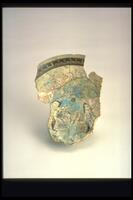


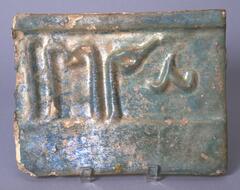
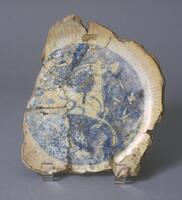
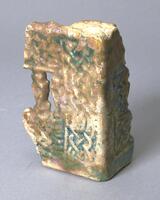
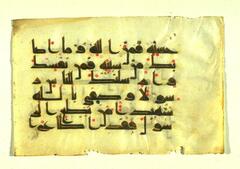
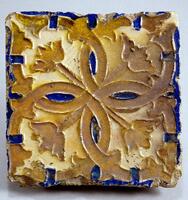
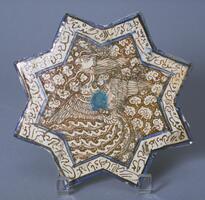

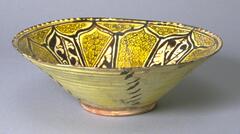
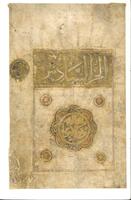
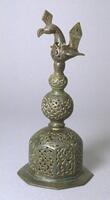
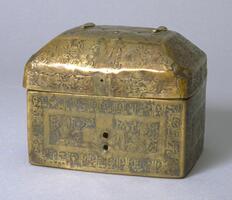



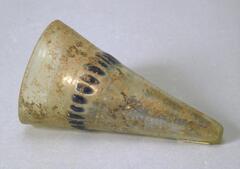
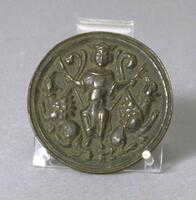

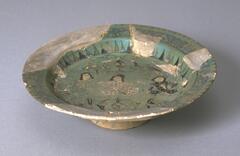

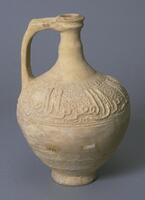

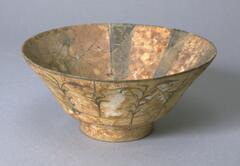
!["Object EFS-105 is a 14th century Mongolian-influenced Sultanabad work. The body of the object is a pinkish-tan while the outside is covered with painted blue tinge. The central motif is a spotted lion [leopard]. Stylized birds circle the inside of the object against a naturalistically conceived floral area. The object has been re-pieced extensively. <br /><br />
This object bears the characteristic hemispherical shape of Sultanabad work, and its rendering of the birds and floral motif indicate the Chinese influence of the 14th century. The animal and birds are outlined in black. It follows the general color scheme and motifs of the Sultanabad wares of the 14th century. <br /><br />
The object is 4 inches high and has a diameter of 8 inches. The lion [leopard] is rendered with the Iranian sensitivity and perceptiveness. This object was probably highlighted with white slip." "Object EFS-105 is a 14th century Mongolian-influenced Sultanabad work. The body of the object is a pinkish-tan while the outside is covered with painted blue tinge. The central motif is a spotted lion [leopard]. Stylized birds circle the inside of the object against a naturalistically conceived floral area. The object has been re-pieced extensively. <br /><br />
This object bears the characteristic hemispherical shape of Sultanabad work, and its rendering of the birds and floral motif indicate the Chinese influence of the 14th century. The animal and birds are outlined in black. It follows the general color scheme and motifs of the Sultanabad wares of the 14th century. <br /><br />
The object is 4 inches high and has a diameter of 8 inches. The lion [leopard] is rendered with the Iranian sensitivity and perceptiveness. This object was probably highlighted with white slip."](/media/W1siZiIsIjIwMjIvMDUvMjUvN3planB1NG5tbl9kZWZhdWx0LmpwZyJdLFsicCIsInRodW1iIiwiMjQweDIwMCJdXQ?sha=215dcc1d938a8d43)
